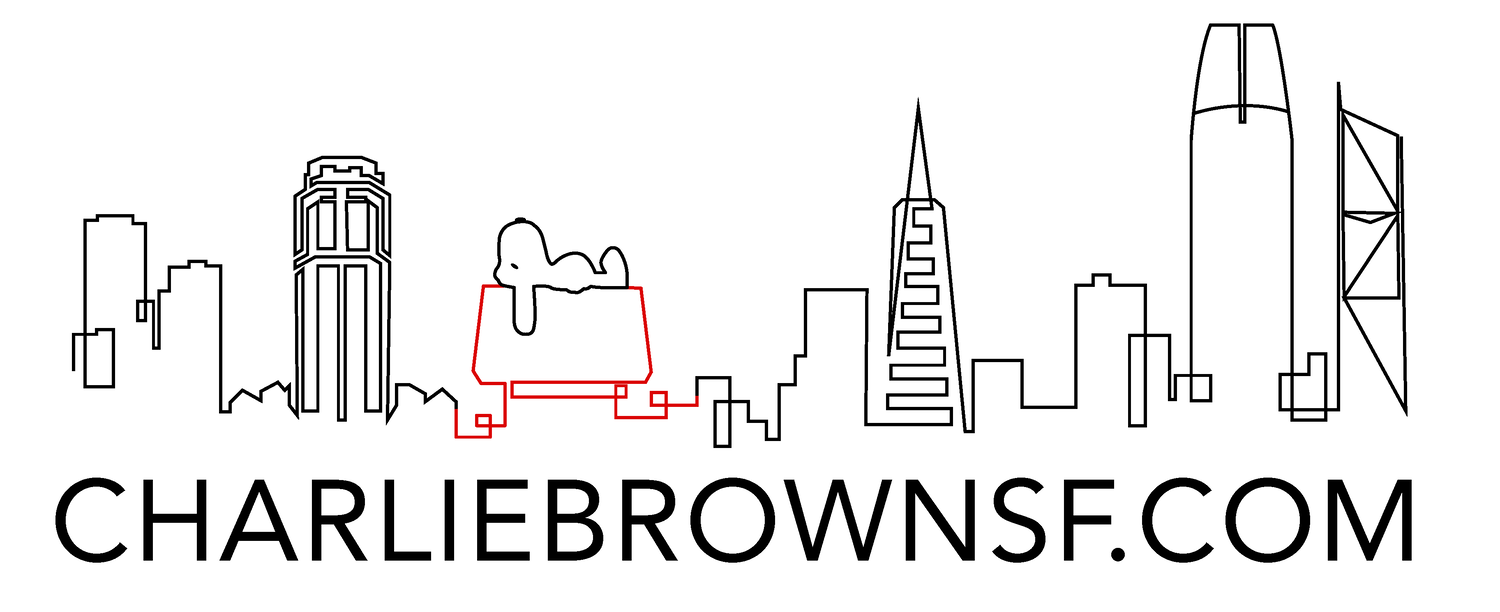What’s Driving Mortgage Rate Volatility in San Francisco?
If you’ve been watching mortgage rates recently, you’ve probably noticed their ups and downs. One week they’re climbing, the next they’re dipping slightly. In San Francisco’s fast-paced and competitive real estate market, understanding what’s behind this volatility is crucial—whether you’re looking to invest in luxury properties or secure a long-term family home. Let’s break it down.
Political and Economic Uncertainty
Mortgage rates are highly sensitive to the broader economic and political landscape. With recent election cycles and ongoing fiscal policy debates, uncertainty has rippled through financial markets, affecting borrowing costs.
Election and Fiscal Policy Impacts: During times of political uncertainty, like elections or budget debates, financial markets tend to react strongly. Investors often move their money into safer assets, like bonds, which influences mortgage rates. Locally, the San Francisco market feels these shifts as buyers and investors assess the implications for long-term wealth-building opportunities.
Global Influences: Factors like international tensions and supply chain disruptions further complicate the picture. For San Francisco buyers, who often rely on jumbo loans, these shifts can significantly impact affordability and timing.
The Federal Reserve’s Role
Inflation and employment rates also play a major role in mortgage rate changes, and the Federal Reserve’s actions to manage these factors have a direct effect.
Inflation Control: The Fed’s goal of moderating inflation means changes to interest rate policies. While the Fed doesn’t directly set mortgage rates, their adjustments to the Federal Funds Rate ripple through the lending market. A cut can lead to slight decreases in mortgage rates, as we’ve seen in recent months.
Job Market Strength: San Francisco’s unique economic landscape, dominated by tech and innovation sectors, means shifts in employment trends here can mirror or differ from national patterns. Investors and homeowners alike need to watch these indicators, as they influence real estate investment opportunities.
What to Expect Moving Forward
Mortgage rates are likely to remain volatile in the near term as markets respond to Federal Reserve policies, inflation data, and other economic factors. Locally, San Francisco’s high demand for housing, coupled with limited inventory, keeps competition tight—further influencing how mortgage rate changes affect buyer behavior.
For investors, this is a critical moment to evaluate long-term opportunities. With San Francisco’s track record of property appreciation and a robust rental market, even in a volatile rate environment, real estate remains one of the strongest tools for wealth building.
How to Navigate Mortgage Rate Volatility
In a market like San Francisco, timing is everything. Whether you’re exploring investment properties in Hayes Valley or looking for a family home in Noe Valley, having the right team on your side is key.
Work with Local Experts: A real estate agent who understands the nuances of the San Francisco market can help you make informed decisions. They’ll know which neighborhoods offer the best long-term value and can guide you through timing your purchase or investment to minimize borrowing costs.
Collaborate with a Mortgage Professional: Partnering with a lender familiar with the Bay Area’s unique lending environment is essential, especially if you’re navigating jumbo loans or complex investment scenarios.
Bottom Line
San Francisco’s real estate market presents incredible opportunities for buyers and investors, but navigating today’s mortgage rate volatility requires strategy and expert advice. By staying informed and partnering with the right professionals, you can confidently position yourself for success—whether you’re buying your first home or adding to your investment portfolio.


